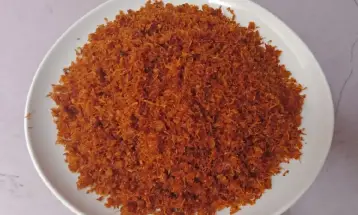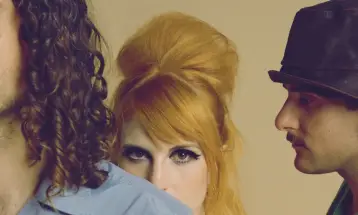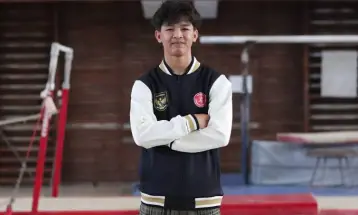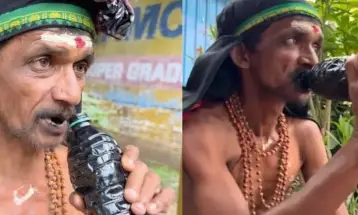Lenggo Dance as a Cultural Festival in West Nusa Tenggara

Holiday Ayo - West Nusa Tenggara or NTB is a province consisting of several small islands such as Lombok and Sumbawa. The island of Lombok is inhabited by the majority of the Sasak Tribe and for Sumbawa it is inhabited by the majority of the Bima Tribe.
Although inhabited by these 2 most dominant cultures, the most dominant tribe remains the Sasak tribe because the population of the Sasak tribe in NTB reaches 68%. In addition, NTB also has unique and interesting types of traditional dances. The dance is called the Lenggo dance.
Lenggo Dance is a traditional dance originating from Bima, NTB Province. This dance is divided into 2 (two) types of dance namely Lenggo Melayu Dance and Lenggo Mbojo Dance. In this Lenggo, Melayu Dance will usually be played by the male dancers, while the Lenggo Mbojo Dance will be played by the female dancers. Lenggo dance was originally a classical dance that emerged and developed in the environment of the Kingdom of Bima Kingdom and only displayed in certain events.
According to historical sources, the first Lenggo Dance was created by Lenggo Melayu Dance. This Malay Lenggo dance was created by a mubalig from West Sumatra, named Datuk Raja Lelo. The dance was originally created specifically for the traditional ceremony of Hanta Ua Pua held in the area of Bima. Lenggo Malay dance is performed by male dancers, so people from Bima often call it Lenggo Mone Dance.
Inspired by the Malay Lenggo Dance, then Sultan Abdul Khair Sirajuddin created a dance performed by the female dancers called Lenggo Mbojo Dance, also called Lenggo Siwe Dance. The movement in Lenggo Mbojo Dance is the result of creation and development of Lenggo Melayu Dance. This dance is then often displayed in the traditional event of Hanta Ua Pua, the ceremony commemorating the entry of Islam in Bima, NTB Province.
Lenggo dance is usually will be displayed on certain occasions such as the traditional event Hanta Ua Pua. In the event is the Lenggo Dance is performed, especially when the entourage Penghulu Melayu is entering the court of the royal palace. While dancing, 2 (two) pairs of Lenggo Dance is also accompanying the Malay Penghulu during the journey into the palace.
In the show, Lenggo Dance is accompanied by traditional music from Bima. the accompanying musical instrument is usually like a drum (drums na'e), silu (a kind of serunai), gong and also laughter. To accompany this Lenggo Dance will usually be accompanied by soft rhythmic music or slowly in harmony with the dancer's movement.
In its development, this dance is still often performed as part of the ceremony Hanta Ua Pua. In addition, Lenggo dance is often performed on such occasions as welcoming important guests and cultural festivals. This is done as part of conservation efforts and introducing the culture and traditions that exist in Bima, NTB Province.








Leave a comment